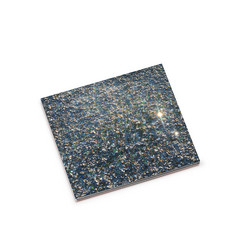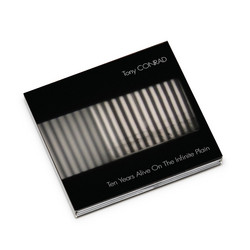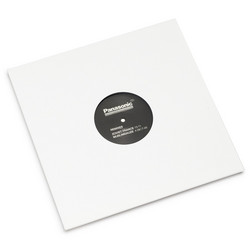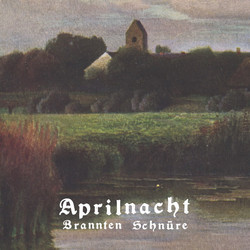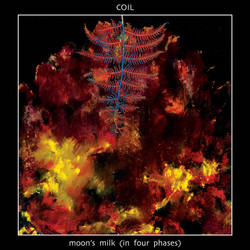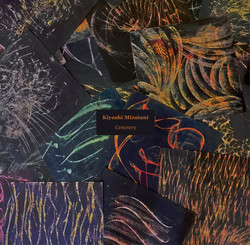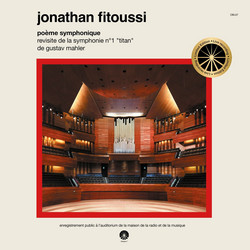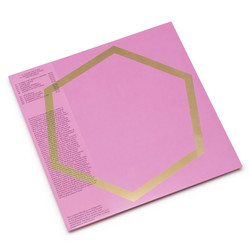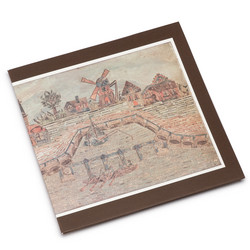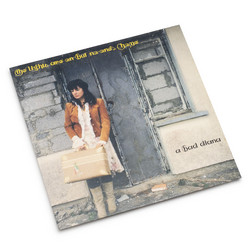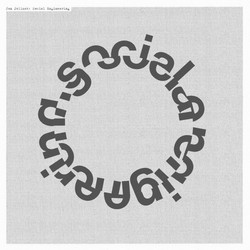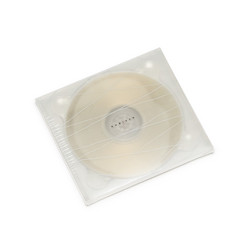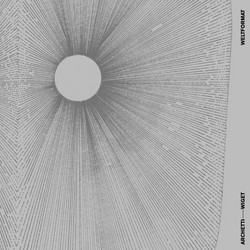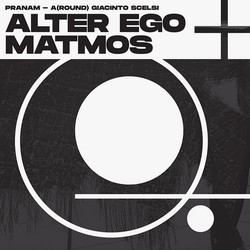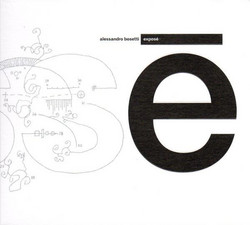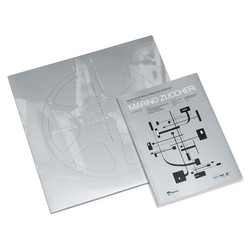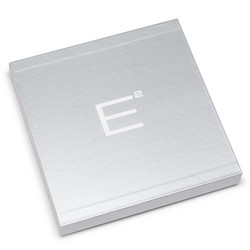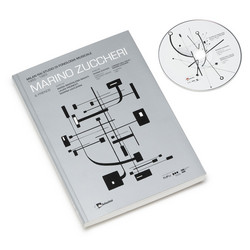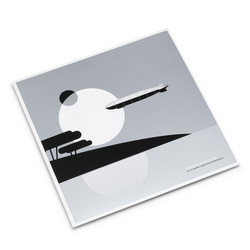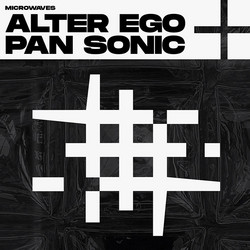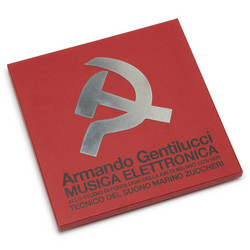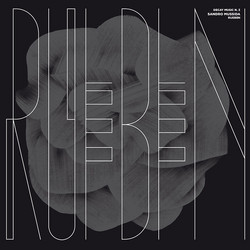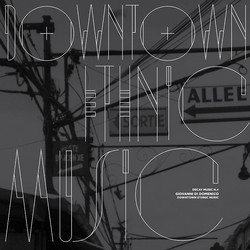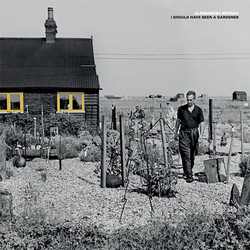SMET Studio Di Musica Elettronica Di TorinoFeaturing: Enore Zaffiri
Musica Elettronica / Computer Music 1966-1972 (LP)
** Edition of 210. Deluxe cover with handmade silver foil printed on 450g paper, also includes a 30x30cm double-sided insert with detailed notes and a SMET / Enore Zaffiri exhaustive chronology. ** The SMET - Studio di Musica Elettronica was born in Turin in 1964, from an idea by Enore Zaffiri. In the beginning the Studio worked with rudimentary equipment, aiming to disseminate knowledge of this avant-garde musical sector through conferences and auditions and, at the same time , developing its own sound experiences. The approach to the new equipment followed a rigorous research method with a structuralist approach, in close relationship with visual operators orbiting around the “Studio di Informazione Estetica” (Aesthetic Information Studio). In 1966 an experimental Electronic Music course was opened for young musicians and university students interested in musical experimentation.
In 1968 the Italian Ministry of Education approved the establishment of an experimental course in Electronic Music at the “G. Verdi” Conservatory in Turin. In 1970/71, with the advent of the synthesizer, a radical methodological and ideological change occurred. After rigorous structuralism, the live concert was introduced: the synthesizer became the instrument with which to build an ideal bridge between electronic music and the musical art of the past. With the collaboration of Ellen Kappel, the voice, not treated electronically, favoured the union between the oldest instrument and the most modern one. The activity developed in various sectors: concerts, musical theatre, ballet, films, video tapes.
The year of this (nowadays super rare) vinyl's publication was a turning point in the evolution of electronic music in Italy. 1972 saw the publication of “Introduction to Electronic Music” by Armando Gentilucci, the first volume written by an Italian, in Italian, to examine technological advancements, by the renowned publishing house Feltrinelli. During this period, Pietro Grossi, Enore Zaffiri, and Teresa Rampazzi had the opportunity to develop their most significant compositional experiences. They engaged in a variety of activities, and this vinyl release marked a turning point in the evolution of electronic music in Italy, such as exchanging works, collaborating with each other, participating in itinerant exhibitions, traveling, writing, and organizing broadcasts.
Zaffiri and SMET's shared ideology is clearly summed up on “Musica Elettronica / Computer Music 1966-1972”: electronic music, with its meticulous control over sound and form, is the only way to break free from the constraints of traditional compositional methods and instrumental mastery. It is an experimental endeavor that can only be achieved through a spirit of exploration and collaboration. Originally issued in 1972, and featuring the unmistakeable sound of the iconic EMS VCS3 synthesizer along with tones generated on a IBM 360 computer, “Musica Elettronica / Computer Music” was privately pressed in a handful of copies at the Fonit Cetra studios. This stunning artefact soon turned into one of the most rare and sought after Italian avant-garde electronic LPs of its era.
Carefully remastered, this collection now features three previously unreleased extra tracks. Pressed on black vinyl in an edition of 210 copies, the album comes packaged in a deluxe cover with handmade silver foil printed on 450g paper, and also includes a 30x30cm double-sided insert with detailed notes and a SMET / Enore Zaffiri exhaustive chronology.
